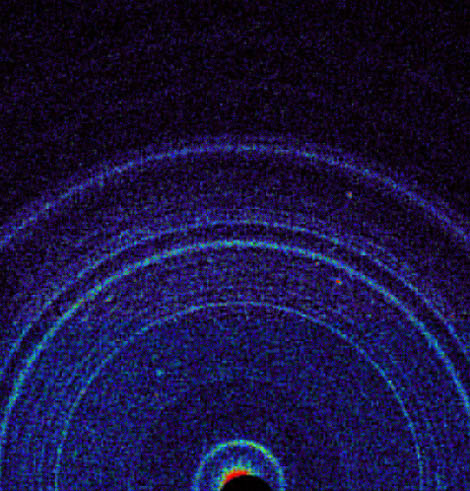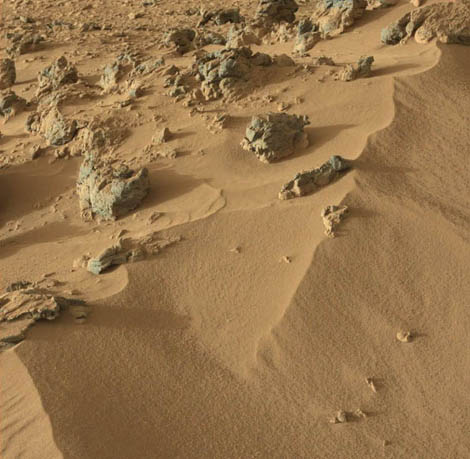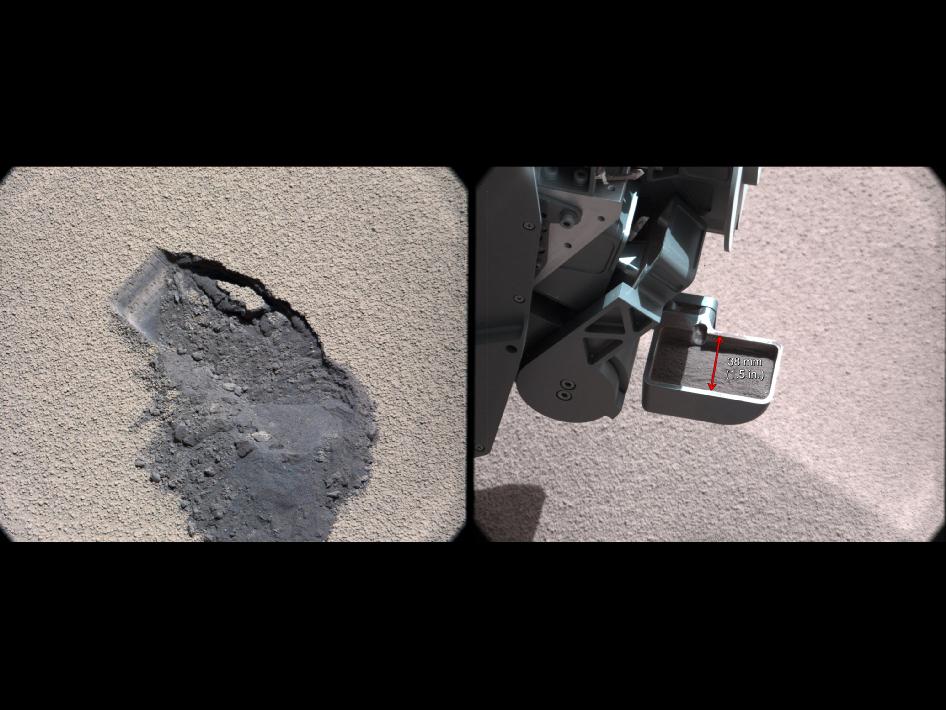 The Curiosity robot landed on the ground of Mars in the past on the 6th of August. Since then, it first started by testing the sophisticated scientific equipment with which it is equipped, to verify its operability and reliability before starting to carry out the planned sequence of experiments. Among them is the analysis of the Martian soil.
The Curiosity robot landed on the ground of Mars in the past on the 6th of August. Since then, it first started by testing the sophisticated scientific equipment with which it is equipped, to verify its operability and reliability before starting to carry out the planned sequence of experiments. Among them is the analysis of the Martian soil.
Not only for the eventual detection of substances that might indicate the existence, at some time, of some form of life on Mars. But also to study the mineral and elemental composition of the Earth on Mars.
In the last two weeks, after having collected and physically prepared a soil sample for analysis, the Curiosity robot carried out what is the first X-ray analysis of minerals present in the region known as Rocknest, where it has been "parked" for about a month .
Curiosity analyzed the sample, consisting of dust with grains with a diameter not exceeding 150 micrometers, through an equipment called CheMin (Chemistry and Mineralogy X-Ray Diffraction Instrument), a sophisticated instrument for spectrometric analysis by ray diffraction X, miniaturized version of existing equipment for the same purpose in the best terrestrial laboratories.
After the analysis, unraveling the elemental and crystallographic nature, the collected data were sent “at the speed of light” to scientists, geologists, chemists, among others, who are following its mission on planet Earth.

The results indicate that the constitution of the Rocknest soil on Mars is very similar to basaltic soils of volcanic origin existing on Earth. Significant amounts of feldspar (constituents of rocks that make up about 60% of the earth's crust), pyroxenes (very common minerals in volcanic rocks, such as basalts) and olivine (a semi-precious gem made up of silicates of magnesium and iron) were detected and confirmed previous analyses.
According to the researchers responsible for the CehMin analyses, the dusts now analyzed are representative of the closest geological processes in the history of Mars, indicators of a time of transition from a wetter period to a more recent and drier period.
This first effective analysis of CheMin offers good guarantees for future explorations of the surface of Mars in search of knowledge about the history of the red planet. With or without life!
Author Antonio Piedade
Science in the Regional Press – Ciência Viva
More information about the Curiosity Quest at http://www.nasa.gov/mission_pages/msl/



















Comments